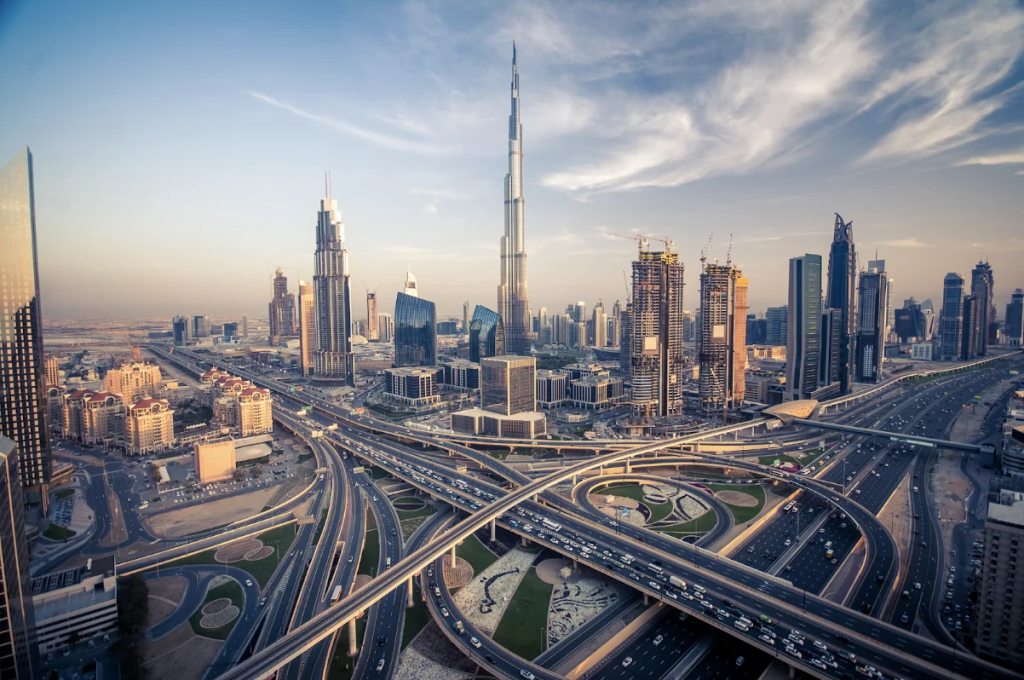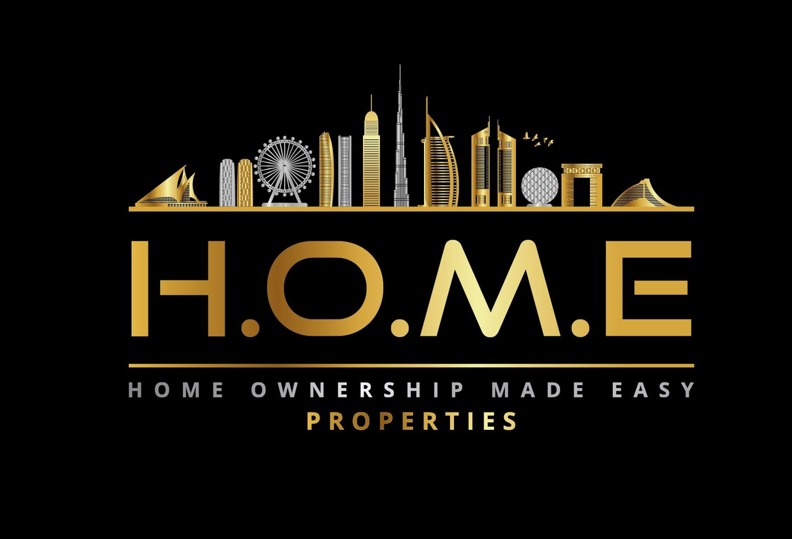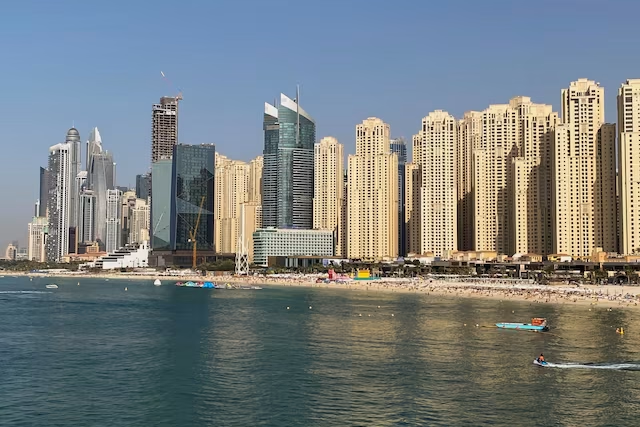
A Strong, Maturing Market: Why the UAE Real Estate Outlook Looks Positive

The real estate market across the UAE is showing signs of solid stability — and according to experts, we’re entering a “good time” for the sector rather than a moment of instability or speculative boom. That assessment was expressed clearly during the recent International Real Estate Investment Summit (IREIS) in Ras Al Khaimah, where industry voices emphasised that fundamentals, not hype, are driving the market.
Here’s what’s going on, why it matters, and what to watch out for if you’re an investor, homeowner or watcher of the region.
1. Key Drivers: Population, Policy & Global Capital
One of the strongest reasons for the upbeat tone is the convergence of favourable factors:
- Growing population & demand: Across the emirates, population growth remains strong which supports a steady underlying demand for housing, not simply speculative purchases.
- Investor-friendly policies: The UAE has maintained its attraction via transparent regulatory frameworks, favourable tax/regime conditions, and mechanisms for foreign participation. For example, major consultancies highlight the UAE’s ability to continue attracting global investment in real estate and construction.
- Capital inflows & international interest: Reports emphasise that foreign capital remains important — whether through off-plan property purchases, luxury home segments, or cross-border investor interest.
Together, these drivers suggest the market is not predicated purely on domestic speculation, but a broader structural shift.
2. Market Outlook: Growth, but Measured
While many markets go through sharp booms and subsequent busts, the UAE’s real estate outlook is characterised by measured growth rather than runaway expansion. Some key forecast points:
- For the residential sector: one estimate sees a compound annual growth rate (CAGR) of around 8.7% between 2025 and 2030 in the UAE housing market.
- For 2025 in particular: in key markets such as the emirate of Dubai, analysts expect price rises of around 5-8% in many segments, with some luxury zones potentially higher.
- According to a major market review from CBRE for Q2 2025: property values rose broadly across Dubai and Abu Dhabi—with residential values up nearly 14% year-on-year in Dubai by mid-2025.
So the message is clear: yes growth, but not the unsustainable spikes seen in some prior cycles or other global markets.
3. What’s Changing in the Market — Trends to Note

Beyond the headline numbers, the UAE market is evolving. Some notable trends:
- Supply increasing, but absorption remains healthy: For example, in Dubai alone, around 66,600 residential units were expected to be delivered in 2025, with some forecasts reaching 73,000 units. The fact that supply is rising means growth in prices is likely to slow to a sustainable pace rather than explode.
- Shift in product-type & buyer profile: Developers are targeting more affordable/mid-market segments in addition to luxury, signalling maturity of the market.
- Technology, sustainability & lifestyle playing a role: Modern buyers care not just about location, but about smart home tech, eco-certified buildings and integrated communities.
- Resilience of the office and commercial segments: Commercial real estate is also showing strength in the UAE, supporting overall investor confidence in the property ecosystem.
These trends suggest the sector is becoming more diversified, sophisticated and less vulnerable to simple speculation cycles.
4. Why Experts Say: “Good Times Ahead”
At the IREIS event, several experts offered reassurance that the current phase is not a bubble. One quote: “Even if growth slows, the market will stay stable… the UAE is not like other markets that rise fast and then crash.”
Here are the reasons behind that optimism:
- Strong developer balance sheets & regulation: Leading developers are in solid financial positions and markets are more regulated than in past decades, meaning less risk of high-leverage and speculation-fuelled collapse.
- Economic diversification & macro stability: The UAE economy is becoming less reliant on oil and more integrated into global trade, tourism, services and real estate, so property demand is supported by underlying economic performance.
- Global positioning: The UAE is increasingly envisioned as not just a regional but a global real estate hub—attracting international migration, second-homes, business relocations, etc. That gives property demand a broader base.
All of this leads to a view that rather than a boom-and-bust, what we see may be a steady-growth phase in the UAE real estate sector.
5. Risks & Watch-Points — What Could Happen?
Of course, no market is without risk. While the tone is largely positive, prudent observers will keep an eye on several issues:
- Oversupply in some sub-markets: If large numbers of units are handed over in a tight timeframe, supply could outstrip demand in some segments, putting downward pressure on prices.
- Global economic or external shocks: The UAE’s connectivity to global capital means international risks (e.g., economic downturns, interest rate rises, geopolitical tensions) could have an impact on real estate investor behaviour.
- Segment-specific cooling: While luxury and branded residences may remain strong, more price-sensitive mid-market segments may face stronger competition, which could slow growth or even cause price corrections in specific neighbourhoods.
- Affordability & yield pressures: As more units come to market and prices rise, yields (rental returns) may compress, making investment less attractive unless managed carefully.
Thus, while the overall outlook is favourable, it is not without caveats.
6. So, What Does It Mean for You? (Investor / Buyer Perspective)

If you’re considering involvement in the UAE real estate market — either buying a home, investing or even developing — here are some practical thoughts:
- Time may be right for long-term buyers: Given that many experts believe the market is entering a more stable growth phase, the “early-entry” advantage may be still present but not necessarily explosive. If you’re in for the long haul, this may be a favourable environment.
- Choose location & segment wisely: Prime areas, waterfront or branded residences, or neighbourhoods with strong infrastructure and amenities may outperform. But more marginal locations may face stronger competition or supply influx.
- Focus on yield and cash-flow: Especially if investing, look at rental yields, occupancy rates, demand from expatriates/migrants, and how that compares with cost of ownership/financing.
- Monitor supply pipelines: It’s wise to look not just at current prices but at upcoming delivery pipelines in your chosen area — if many new units are coming, growth may slow.
- Think beyond just speculation: The more mature markets are shifting away from pure trading/flipping toward usage (owner-occupancy, long-term rentals) and value creation (community, amenities, tech, sustainability). If you align with that, you may have better risk-control.
7. Looking Ahead: The Next 3-5 Years
What might the market look like in the medium term?
- Growth in market value: As noted, the residential market in the UAE is expected to expand from around US $143 billion in 2025 to about US $217 billion by 2030 (CAGR ~8.7%).
- Gradual normalisation of growth rates: Instead of double-digit jumps, expect annual growth to moderate to single-digit levels in many segments (5-8% in 2025 is a common forecast).
- More diverse geography: While the major hubs of Dubai and Abu Dhabi will remain dominant, other emirates and emerging sub-markets (mid-income housing, upcoming infrastructure zones) may become more prominent.
- Technology & lifestyle features gaining weight: The integration of smart-home features, sustainability credentials, community-living models, mixed-use developments will increasingly matter.
- A more investor-friendly regulatory ecosystem: With the UAE government and developers seeking sustainable growth, expect more products, financing options and frameworks geared toward genuine end-users (not just speculators).
In short: the market looks like it is evolving, not simply booming.
8. Final Word
For anyone watching the UAE real estate market, the prevailing theme is “stability with growth” rather than speculative frenzy. According to industry experts and recent data, the market is maturing, supported by strong fundamentals and global investor appeal.
As one speaker at IREIS put it: “Property prices may rise or remain steady… but it’s certainly not a bubble.”For buyers, investors and stakeholders, this means opportunity—but tempered with prudence. Location matters, pipeline matters, yield matters. The good times may be ahead, but success will favour those who act with insight—not just expectation.




Leave a Reply